Ise Shrine/Naiku (Kotaijingu), where wish to visit at least once in their lives.
The contrast between the bustling shops of Oharai-machi and Okageyokocho in front of the torii gate makes this area extremely popular.
The Sarutahiko Shrine is also a wonderful shrine.
The section introduces the Naiku area

If you are going to the Naiku area by car, please use the Ise Municipal Uji Parking Lot."Ise Municipal Uji Parking Lot"The fee is free for up to 500 hour,30 yen for up to 100 hours, and XNUMX yen every XNUMX minutes thereafter.
Located in the municipal parking lot"Ujiurata Tourist Information Center" (Remote guidance)There are wheelchair rentals (free of charge) and a nursing room.The new toilet (completed in 2019) opposite the Ujiurata Tourist Information Center also has a kids toilet.
Parking lot A in front of the Ujibashi bridge near Naiku often fills up and people are directed to parking lot B in the direction of the Ujiuratacho intersection.From Parking Lot B to Naiku, in addition to the route through Oharai-machi, you can avoid the crowds by following parallel Route 23 or the Isuzu River.
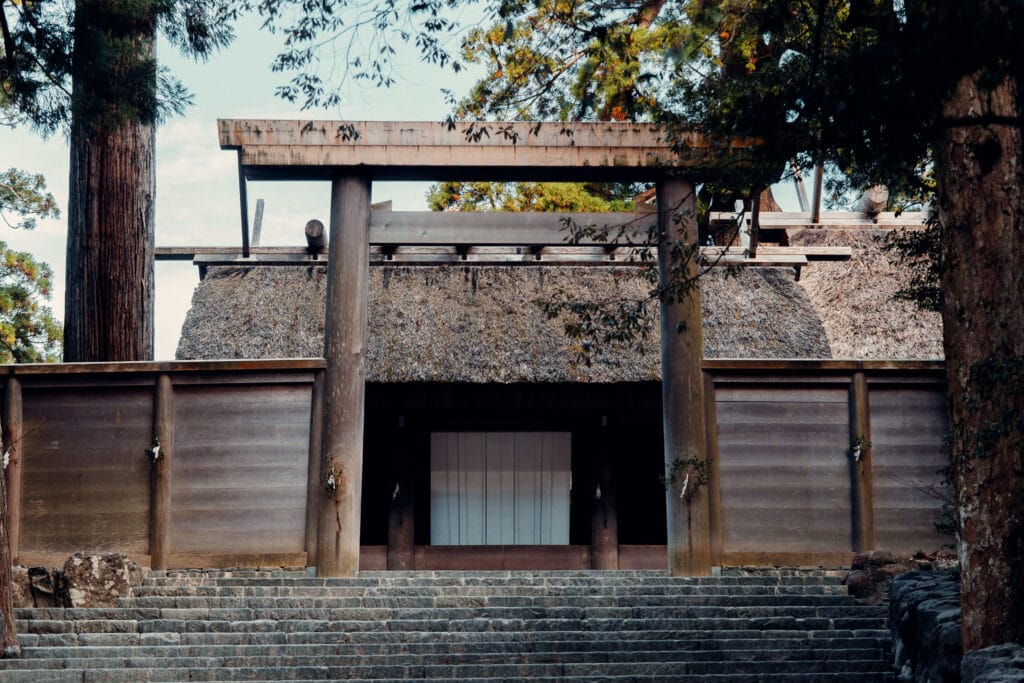
"Ise Shrine/Naiku (Kotaijingu)" is dedicated to Amaterasu Omikami, the ancestor deity of the Imperial Family and the deity of the Japanese people.

Around the time of the winter solstice, you can see the beautiful sight of the sun rising over the torii gate at Uji Bridge.

After purifying your hands at the Isuzu River's Mitarashi and walking through the Jingu forest, you will be enveloped in the solemn atmosphere unique to the Ise Shrine.
It is best not to bring any large luggage because of the gravel roads in the shrine area.You can use the coin lockers in front of Uji Bridge, the baggage deposit area near the Mie Kotsu Naikumae bus stop, or shops Senokuniya that offer baggage storage.
It is difficult to push an ordinary wheelchair through the inner sanctum, so wheelchairs made for this area are available for rent at the guard posts (free of charge, reservations not accepted).It is difficult to push an ordinary wheelchair in the Jingu area, and a wheelchair that advances in the wide Naiku area is rented at the Guard Office (free of charge, reservation not possible)

Oharai-machiis a town in front of the torii gate of the Ise Grand Shrine, which has flourished in front of the Ise Shrine/Naiku (Kotaijingu)The beautiful cobblestone street stretching about 800 meters from Uji Bridge along the Isuzu River is lined with rows of houses in the gabled style unique to Ise.
The street is lined with many souvenir shops, restaurants, and merchant houses, making it an enjoyable place to stroll after worship.
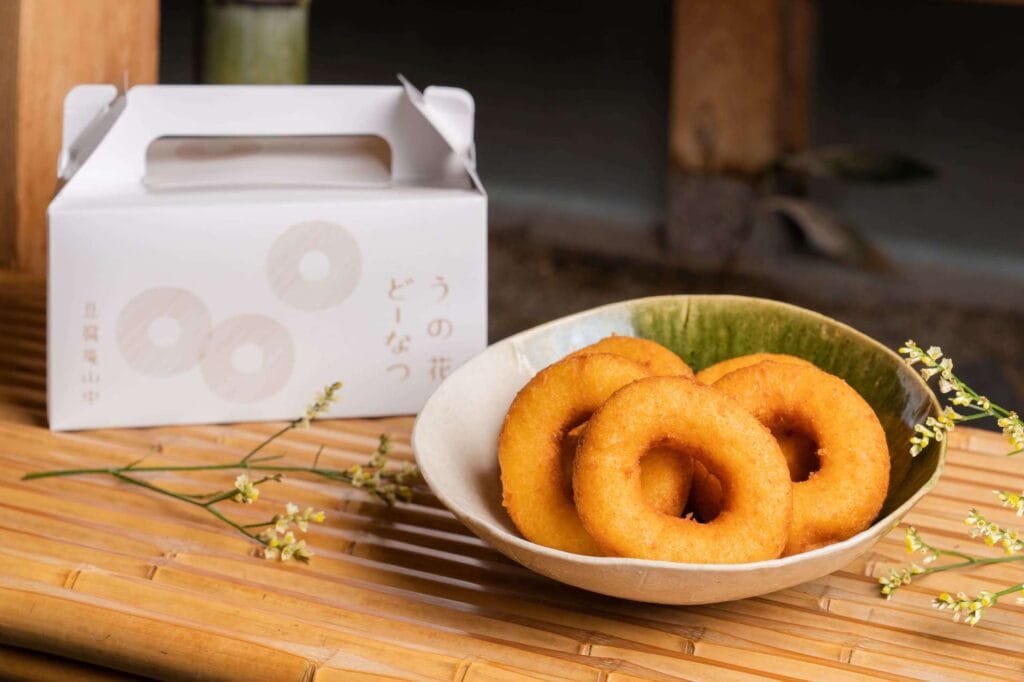
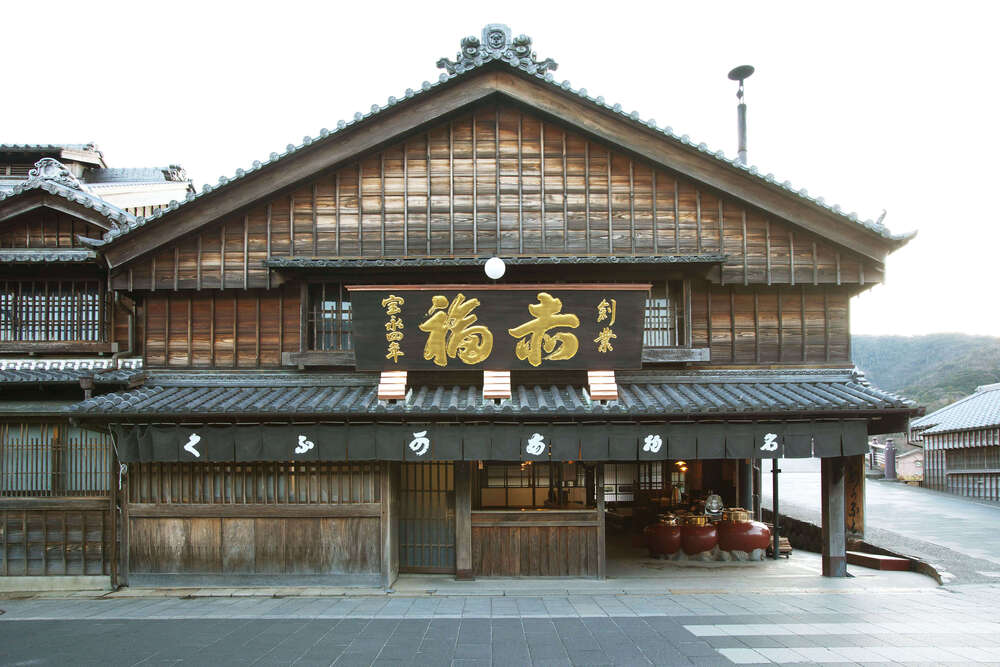

There are also historical buildings such as the Jingu Dojo and the former Keiko-Enkyakuden, which fills the area with the retro atmosphere Ise is known for.If you walk down the quaint narrow alley called Seko from the Oharai-machi, you will come to the Isuzu River with its beautiful babbling stream running parallel to Oharai-machi street.A leisurely stroll along the river is also recommended.
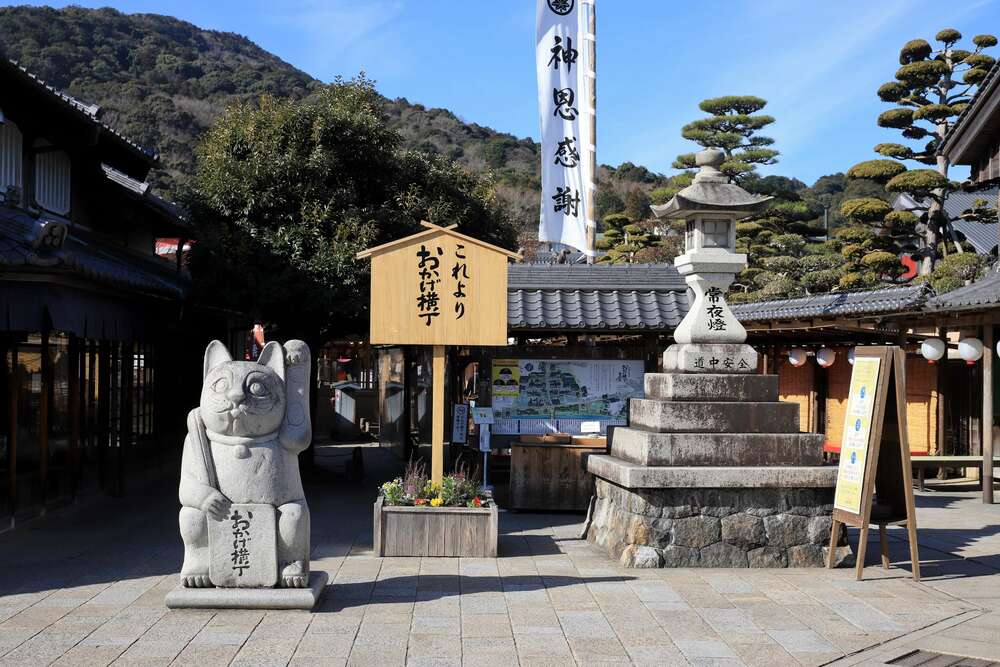
"Okageyokocho"is an area in front of Akafuku Honten in the middle of Oharai-machi, where representative buildings from the Edo and Meiji periods have been relocated and recreated.
In addition, there is an interactive facility called “Okageza Shinwa no Yakata,” which displays the history of Japanese mythology (from the birth of the nation to the descent of the descendants of the gods) using video and Japanese paper dolls.Every day is as lively as a festival, and time flies when you are here.
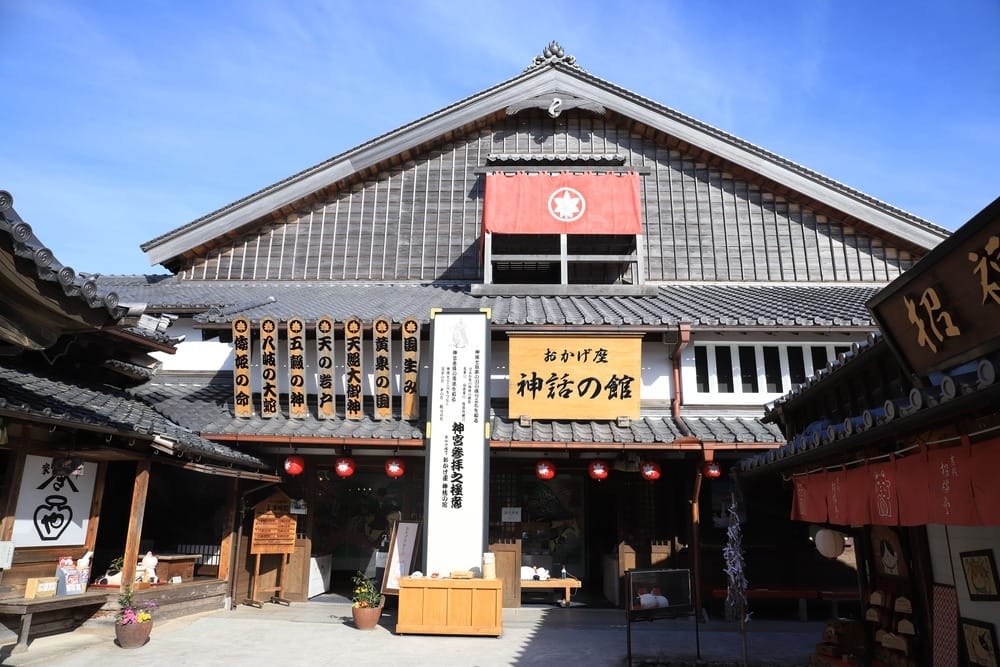
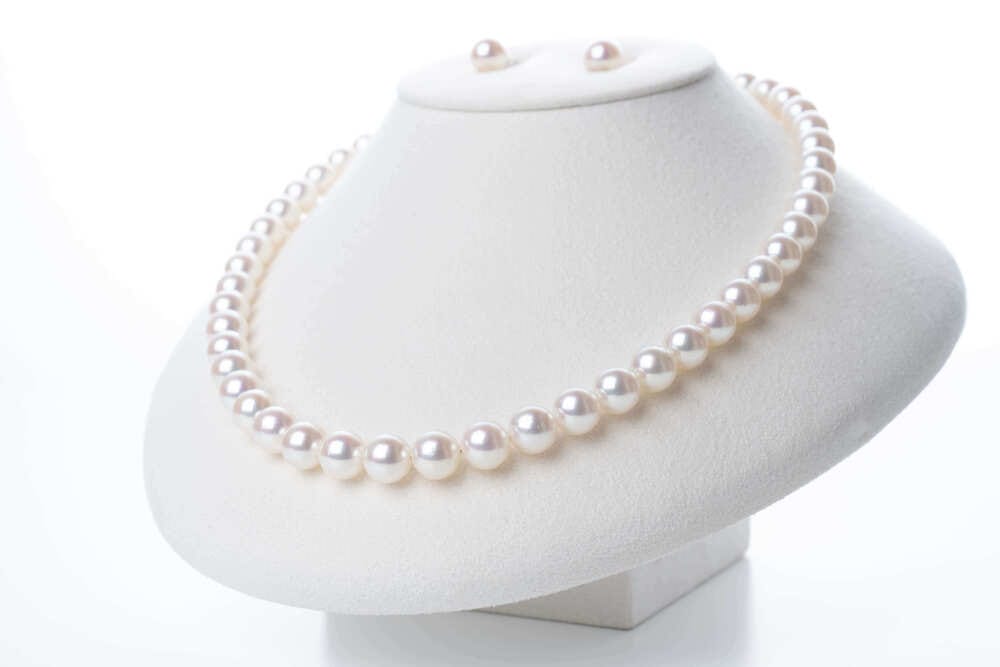
Many tourists assume shops will be open at night, but they close around XNUMX:XNUMX or XNUMX:XNUMX (hours vary depending on the season).

Jingu Kaikan is a lodging facility operated by the Ise Shrine.Jingu Sumo Hall, Jingu Archery Hall, and Jingu Rose Garden are also located here, and many people come to watch and appreciate them during the Jingu Dedication Grand Sumo Tournament and the rose season.
Only guests staying at Jingu Kaikan are guided to visit Naiku in the early morning,
"Sarutahiko Shrine is dedicated to the deity Sarutahiko Okami, who appears at the beginning of everything and leads all things in the right direction.
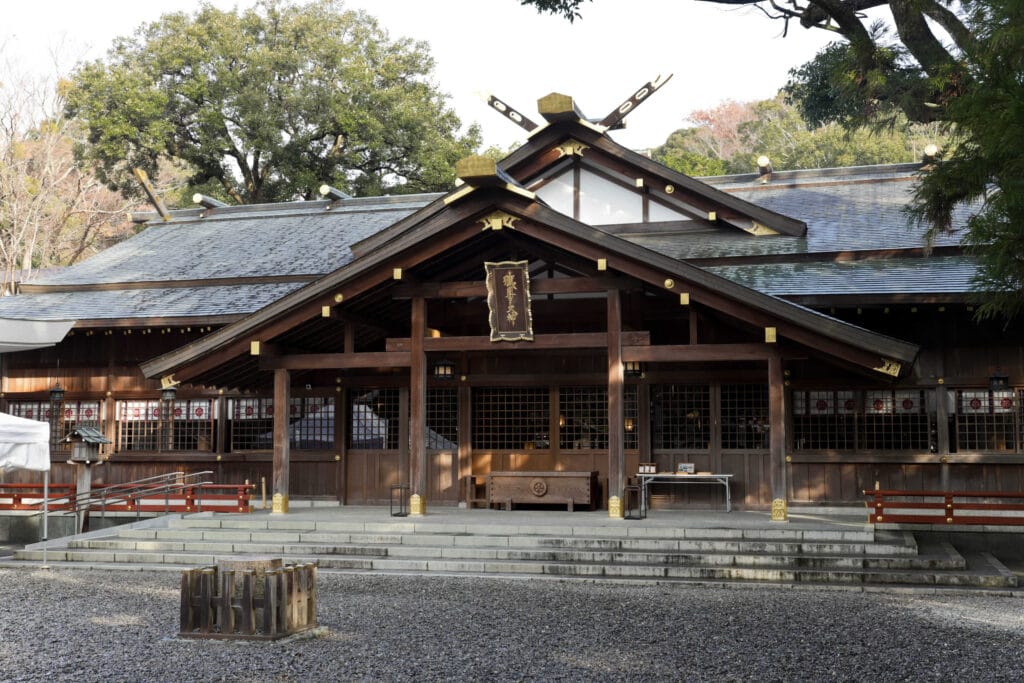
In the precincts of the shrine, there is also the Sarume Shrine, which is dedicated to the deity of entertainment, and is visited by many people involved in the performing arts.

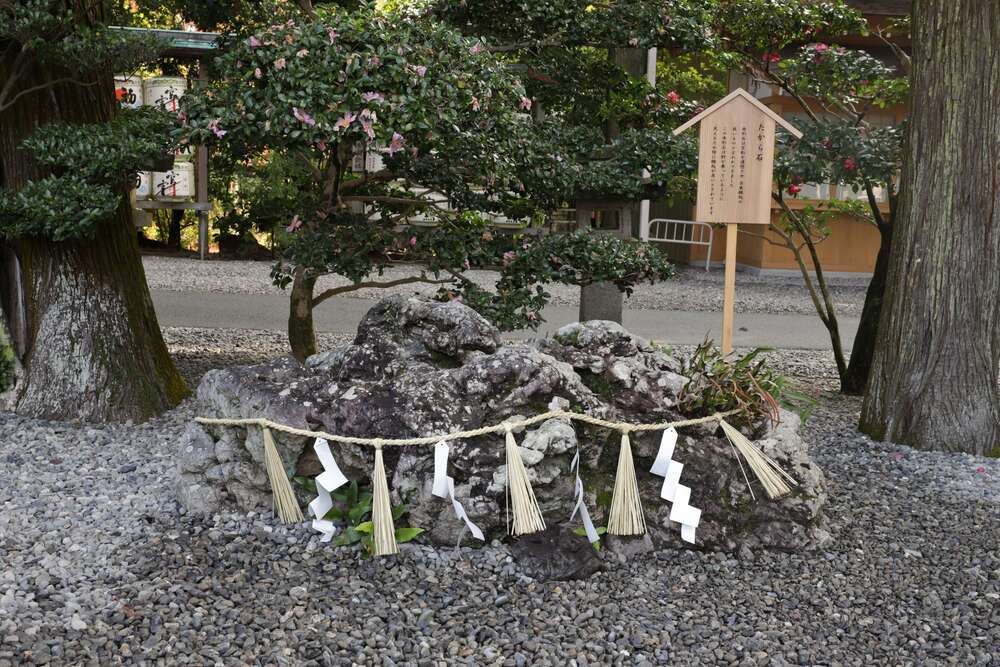
You can sometimes see couples who had their weddings at Sarutahiko Shrine going to visit the Naiku.Also, many local children visit the shrine during the Shichigosan Festival.
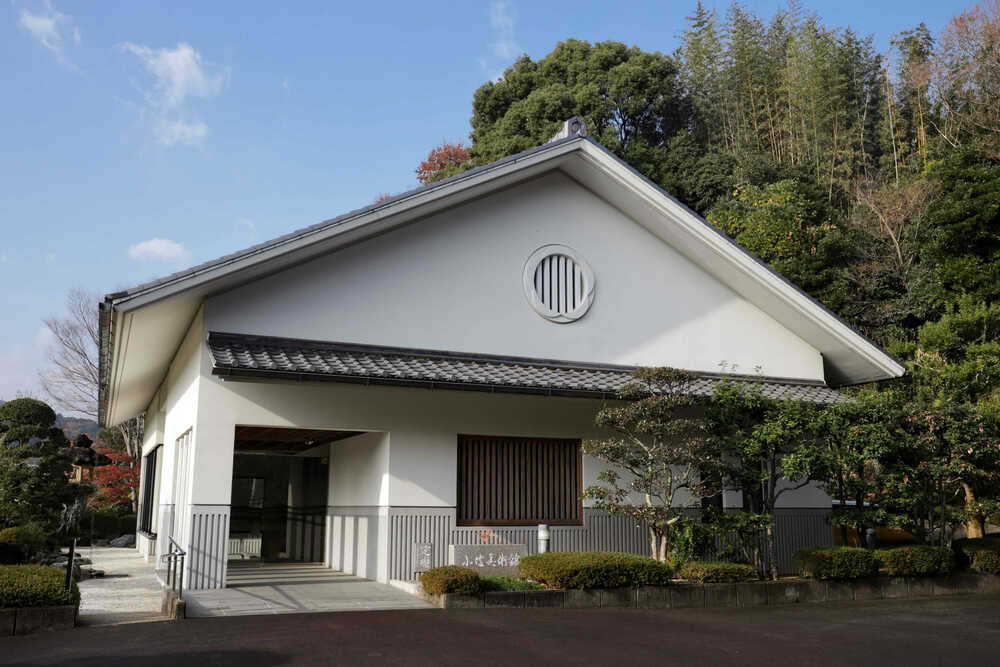
At the Ito Shoha Museum, you can see the works of Shoha Ito, who was active in the Kyoto art world from the Meiji era to the Showa era, in the quiet atmosphere of an earthen storehouse.The art is full of feminine warmth, and the portraits of women based on casual scenes from daily life, history, and stories move the hearts of viewers.
Sarutahiko Shrine is a Shinto shrine where the Ujitsuchigimi nobility, direct descendants of Sarutahiko, have served as priests for generations.Shoha Ito was the daughter of a priestess of the Sarutahiko Shrine.

Tsukiyominomiya is about a XNUMX-minute walk from the Ujiurata Tourist Information Center.The deity enshrined here is Tsukuyomi-no-Mikoto,He is the younger brother of Amaterasu Omikami, and is the same deity as Tsukiyominomiya of Ise Shrine / Geku (Toyoukedaijingu).Izanagi-no-Mikoto and Izanami-no-Mikoto, who are the parent gods of Amaterasu Omikami and Tsukuyomi-no-Mikoto, appear in Japan’s creation myth and are also enshrined here. All four of the shrines are lined up in a row.
If you are using public transportation, take the XNUMX or CAN bus from Iseshi Station or Naikumae and get off at Nakamuracho.
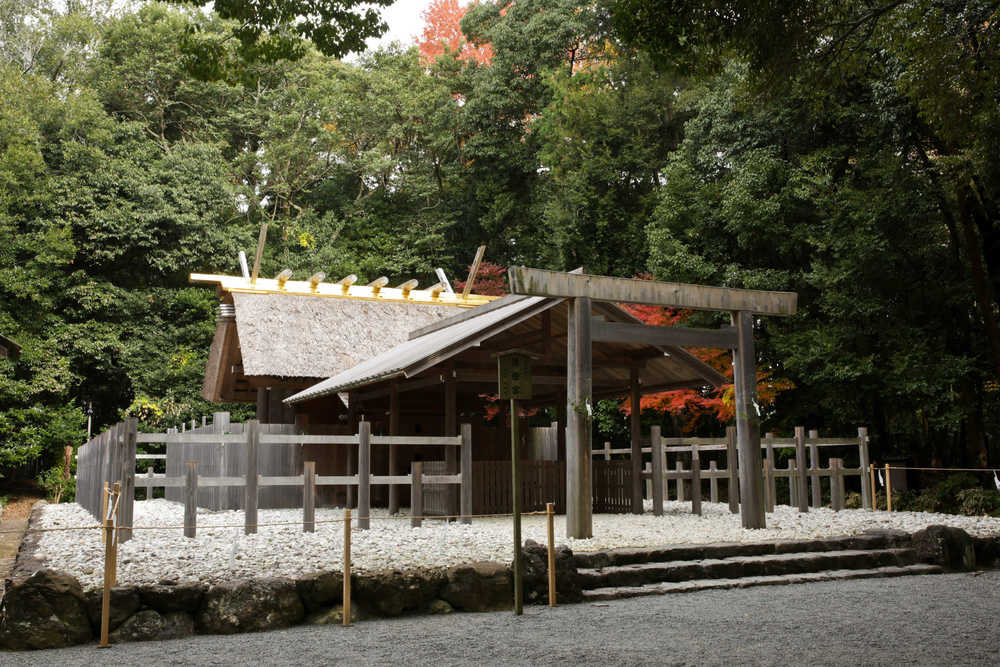
There is another shrine in the city,Yamatohimenomiya, which is a separate shrine.".It is a little more than a 30-minute walk from Naiku Area, but it is a serene place in the forest, home to the Kogakkan University and the Jingu Museum.Yamatohimenomiya is dedicated to the deity Yamatohime-no-Mikoto, who brought Amaterasu Omikami to Ise.Among the 125 Shinto shrines, many of which have long histories, this is a new shrine built in the Taisho era (1912-1926).

The Jingu Museum, Jingu Agricultural Museum, and Jingu Art Museum are located adjacent to the Yamatohimenomiya Shrine. It is also a beautiful place for autumn leaves. At the Jingu Museum, you can see and learn about materials related to the Ise Shrine’s festivals and the actual costumes and sacred treasures.

At the Agricultural Museum, materials related to Shinsen and agriculture, forestry, and fisheries that preserve the tradition of self-sufficiency are exhibited, as well as works dedicated by leading artists of the time are exhibited.
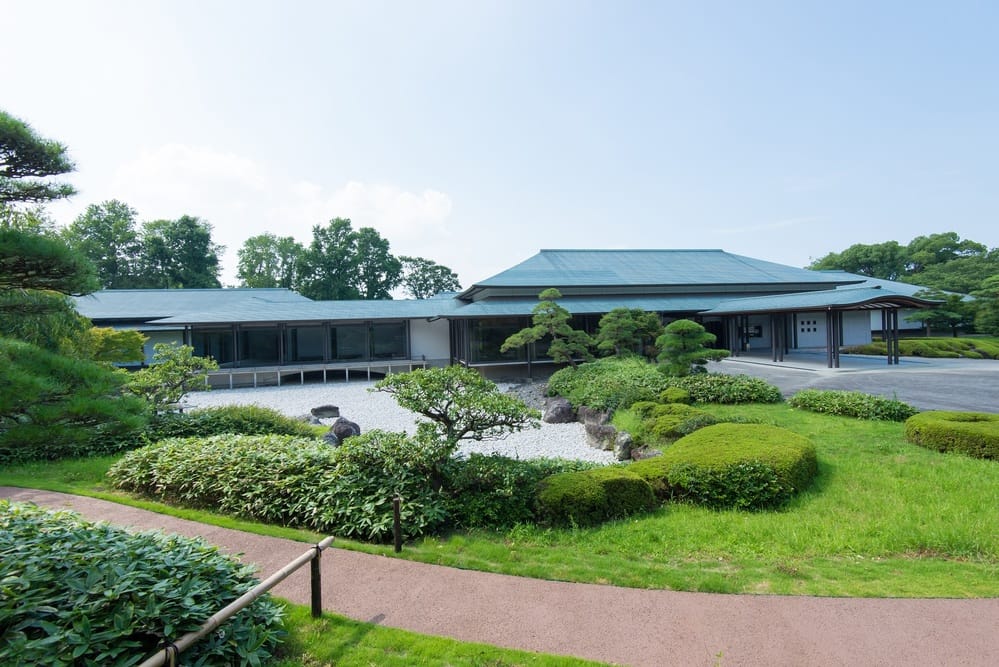
By stopping by the Jingu Museum, you can learn more about the culture of the shrine than you can by just visiting the shrine itself.
If you want to enter all the buildings, the ticket common to all XNUMX museums is advantageous.
It is located between the outer shrine and the inner shrine.
If you use public transportation, it is convenient to take the No.XNUMX bus or CAN bus from Iseshi Station or Naiku Mae and get off at Jingu Museum.
The Sengukan in the outer shrine is a museum where you can see the process of preparing the new costume Shinto treasure for each relocation, and you should visit it together with the Gekkokan.
| Address | 516 Ujiimazaike-cho, Ise City, Mie Prefecture. 0024-93 (Naiku A1 and A2 parking lots) |
| Inquiries | TEL: 0596-28-1150 |
| Opening hours | Open 24 hours |
| Address | 516-0026-1 Ujiurata, Ise City, Mie Prefecture. 10-25 |
| Opening hours | 9:00-17:30 |
| Address | 516 Ujitachi-cho, Ise City, Mie Prefecture. 0023-1 |
| Inquiries | TEL: 0596-24-1111 (Jingu Sicho) |
| Worshiping time | October-December 1:4 - 5:00
October-December 5:8 - 5:00 September 9:5 - 00:18 October-December 10:12 - 5:00 |
| WEB site | https://www.isejingu.or.jp/about/naiku/ |
| Address | 516 Ujinakanokiri-cho, Ise City, Mie Prefecture. 0025-2 |
| Inquiries | TEL: 0596-28-3705 |
| WEB site | https://www.okageyokocho.co.jp/ |
| Address | 516 Ujinakanokiri-cho, Ise City, Mie Prefecture. 0025-152 |
| Inquiries | TEL: 0596-22-0001 |
| Opening hours | Telephone reception hours 9:00 to 19:00 |
| Closing days | None |
| WEB site | https://www.jingukaikan.jp/ |
| Address | 516-0026-2 Ujiurata, Ise City, Mie Prefecture. 1-10 |
| Inquiries | TEL: 0596-22-2554 |
| WEB site | https://www.sarutahikojinja.or.jp/ |
| Address | 516-0026-2 Ujiurata, Ise City, Mie Prefecture. 4-65 |
| Inquiries | TEL: 0596-22-2554 |
| Opening hours | 9:30-16:00 |
| Closing days | Every Monday / Tuesday |
| WEB site | https://www.sarutahikojinja.or.jp/shoha/ |
| Address | 516-0028 Nakamura-cho, Ise City, Mie Prefecture. 742-1 |
| Inquiries | TEL: 0596-24-1111 (Jingu Sicho) |
| Address | 516 Kusube-cho, Ise City, Mie Prefecture. 0014-XNUMX |
| Inquiries | TEL: 0596-24-1111 (Jingu Sicho) |
| Address | 516-0016 Kodakushimoto-cho, Ise City, Mie Prefecture. 1754-1 (common to all three buildings) |
| Inquiries | Jingu Museum Agricultural Museum TEL: 0596-22-1700 Jingu Art Museum TEL: 0596-22-5533 |
| Opening hours | 9:00 to 16:00 (viewing until 16:30) |
| Closing days | Every Thursday (or the following weekday if it is a national holiday), December 29th to 31st every year.For temporary closures, please see <Usage Guide>. |
| WEB site | http://museum.isejingu.or.jp/index.html |